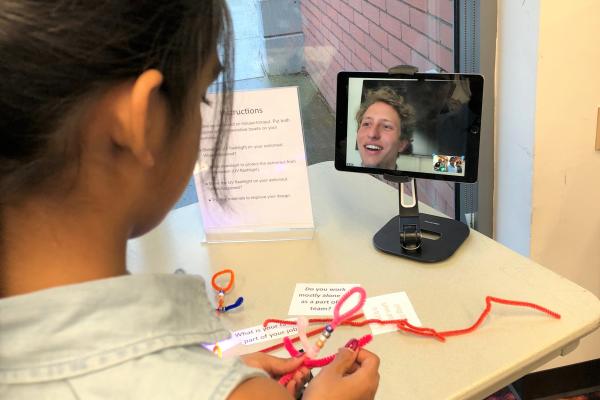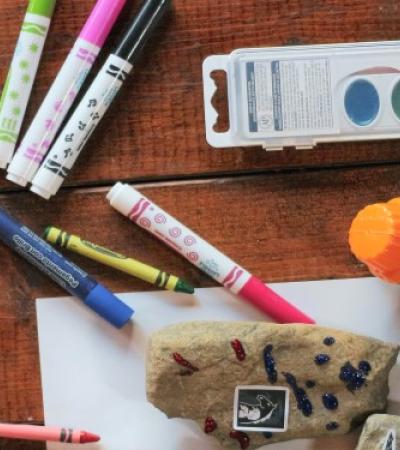If you do children’s programming, scientists can be a terrific tool in your toolkit. Space scientists, biologists, engineers — they can all introduce kids to an eye-popping world of discovery.

Scientists, engineers and other STEM professionals can be invited to online or in-person events. Before the pandemic, many libraries hosted successful programs where scientists (often from distant locations) presented through videoconferencing software to groups gathered in person at the library. Dynamic conversations and hands-on learning made these programs particularly memorable — and the same strategies are being used to offer virtual programs during (and likely after) the pandemic.
Once you find a scientist, how can you prepare them for the big event? Here are some simple steps you can take to increase the odds that your program will be a memorable experience for everyone.
1. Chat with the scientist beforehand to find some kid-friendly common interests
Chances are, your speaker will have something in common with your group of kids. Try to find out what it is. Do they love Marvel movies? Do they play video games or like watching a specific sport? Finding those commonalities ahead of time can give you something to work with to make connections during your program. It also serves to make the scientist more relatable, which is important because …
2. Scientists are real people! Make sure the kids know that
Asking a scientist something like “What’s your favorite food?” might seem like a random way to start your program, but it’s a sure-fire way to make the scientist relatable. Kids may be intimidated to be face-to-face (or face-to-screen) with a science expert, and that can be a barrier to making your program as impactful as it can be. Grease the wheels a little bit by starting with a fun question. (This is also a great time to bring up your Marvel or video game connections.)
Also go that extra mile to find scientists that are representative of the communities you serve. Seek out scientists who are members of groups that are historically under-represented in science fields, such as women and racial minorities.
3. Get the scientist past their research
Scientists are used to talking about … well, science. It might feel unnatural for them to talk about themselves, but in a children’s program, that’s just as important as their scientific accomplishments. Questions like “What got you interested in science?” and “What have you learned lately that really blew your mind?” set the stage for them to talk about science in a more personal, kid-friendly way.
4. Ask for lots of pictures
If you’re used to working with young kids, you probably know that brilliant images capture their attention more than words on a screen. Don’t be afraid to ask a scientist for a very short presentation with mostly pictures. Oftentimes the most engaging portion of the event is the Q&A; prepare your scientist for that, and even encourage them to make the Q&A portion longer than their formal talk.
5. Activities
Consider incorporating simple activities or demonstrations that relate to the scientist’s topic. For virtual programs, conduct demonstrations, play virtual games or share at-home activities with attendees. Browse STAR Net’s STEAM Ahead @ Home collection of family activity guides, how-to videos and more to incorporate into virtual programs. Virtual programs are ideal for using digital interactives, such as Stellarium, as demonstrated in a recent webinar, ”Virtual Night Sky Programs for Imagine Your Story.”
6. Tell the scientist what to expect
Your expert will need to know what age range to expect, which programs have interested the kids, how long to talk, etc. To be clear, give them ages instead of grade levels — telling them that the audience will be “families, with mainly young children ages 4 to 9" is clearer than telling them they will be talking to a group of first graders.
Describe what types of activities and topics have generated the most enthusiasm with your patrons. If the program will be virtual, arrange for a practice run, test all technology, have an extra staff person to support the program, and arrange for back-ups in the event of trouble (for instance, have a copy of the scientist’s presentation that you can share while they call in by phone if necessary).
At the end of the day, digging up a paleontologist, sighting an astronomer, or bringing in a biologist may help your programs go viral!



